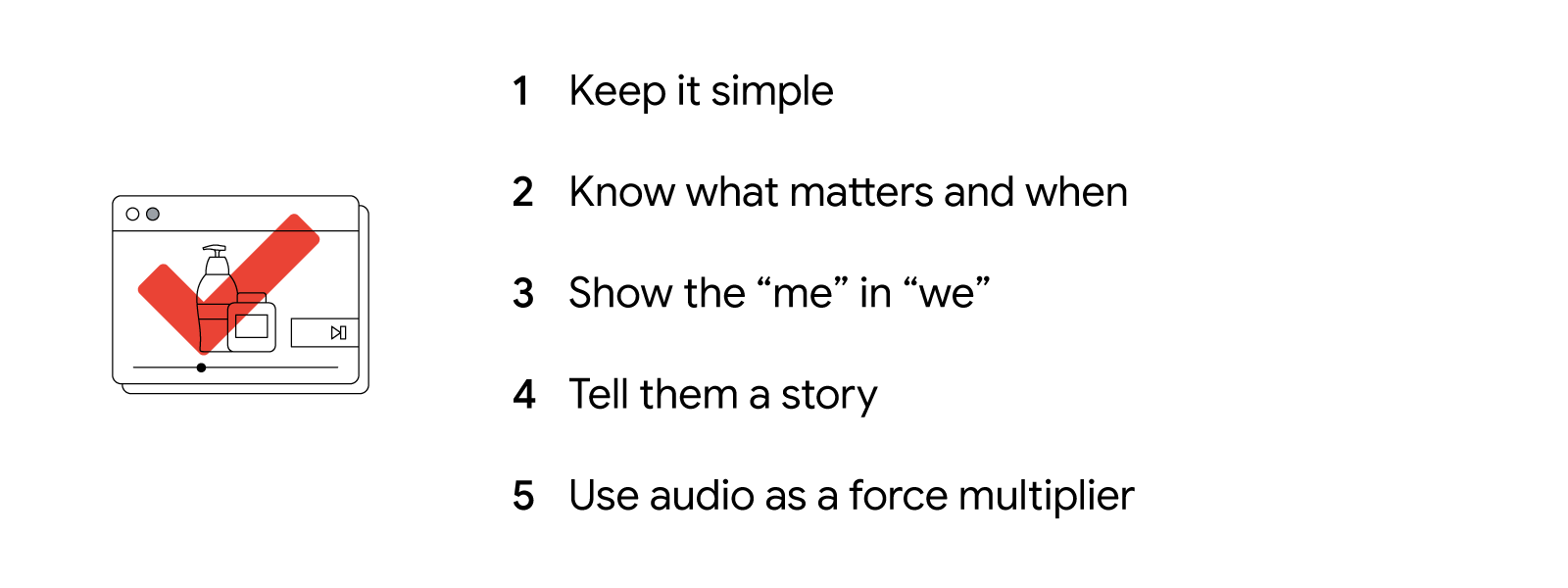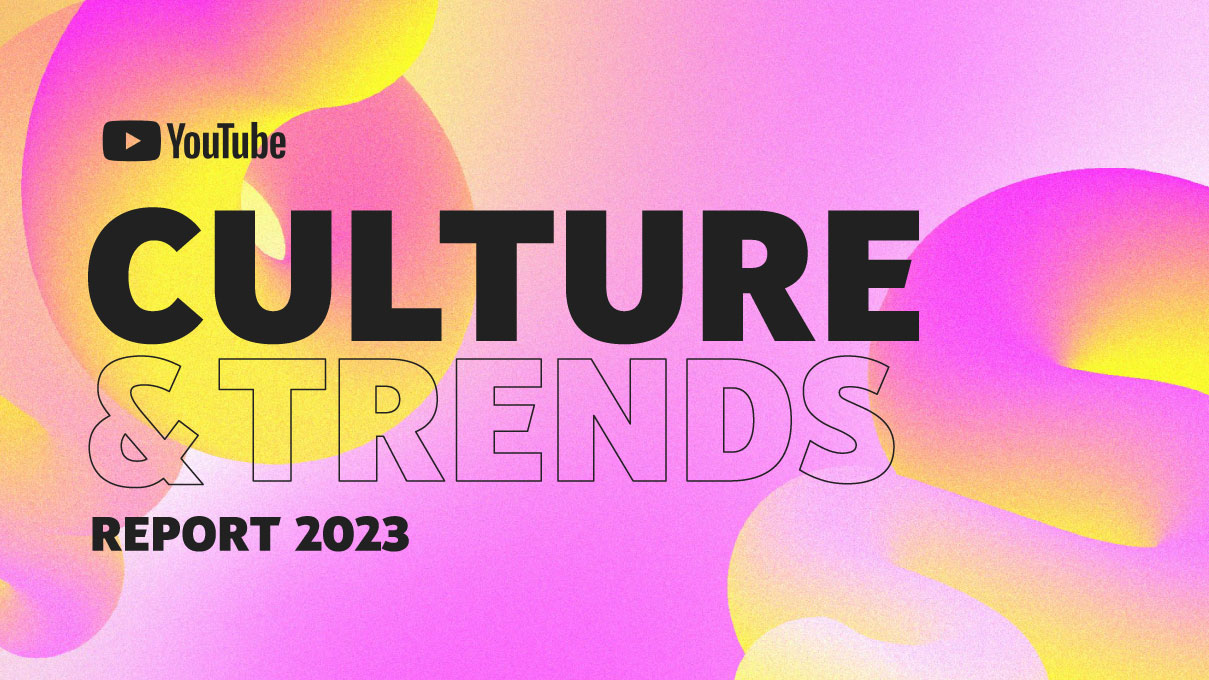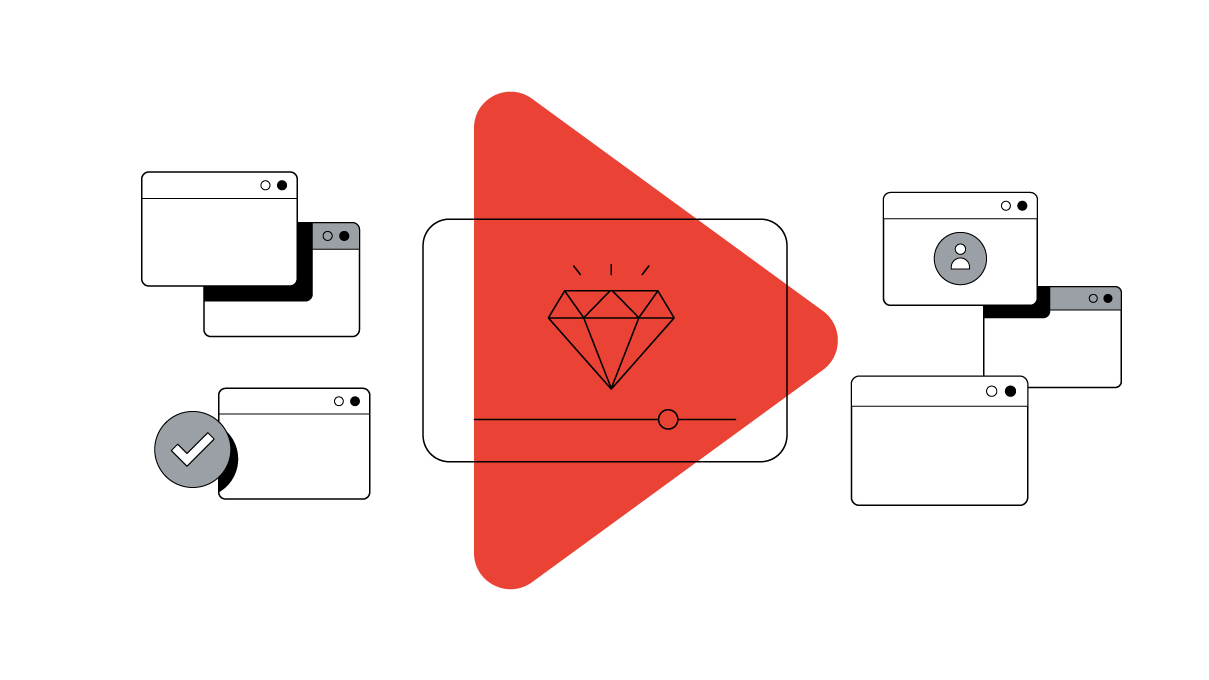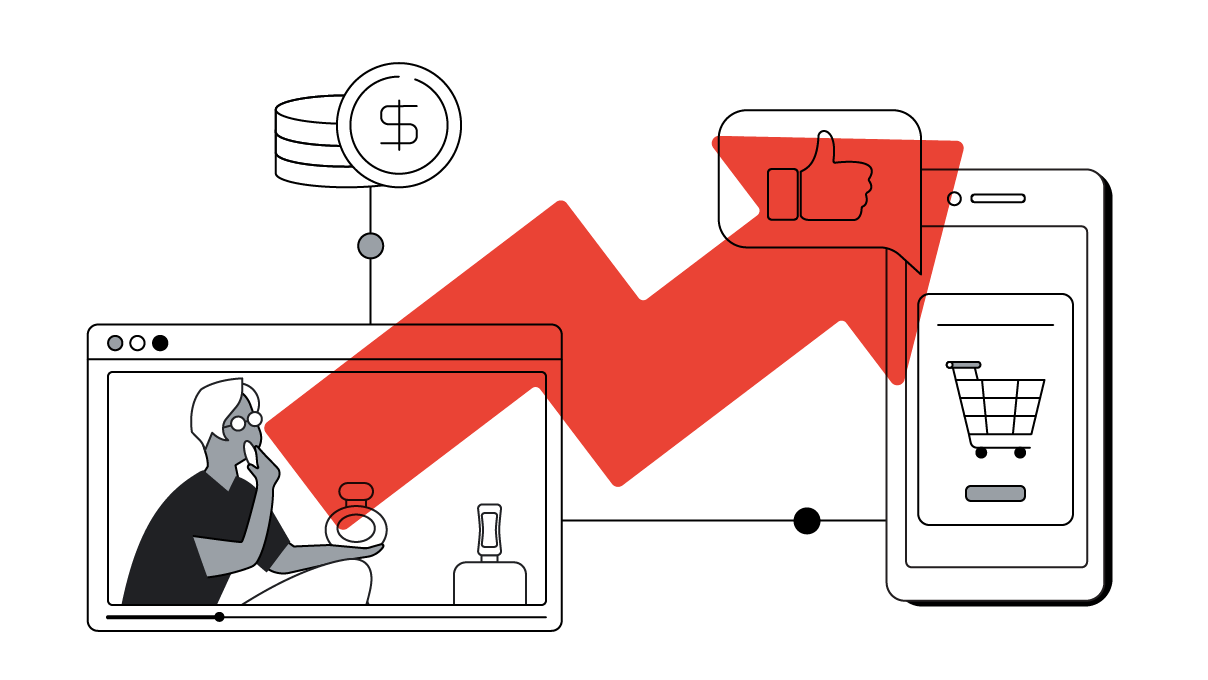From brushing our teeth in the morning to cleaning the kitchen counter after dinner, home and personal care (HPC) products are an essential part of our daily routines. Because these items are ubiquitous, finding imaginative ways to market them can sometimes be a challenge.
We know, however, that when it comes to designing ads to break through the clutter, creative has proved to be a particularly powerful tool for advertisers. Our team analyzed thousands of global HPC ads to understand exactly what kind of creative choices make some of these ads more effective than others. What we found pointed us to five creative insights about what resonates with viewers when it comes to HPC ads.

Keep it simple
Research and development is how brands differentiate themselves. And while R&D is critically important, how brands communicate those differentiators is just as significant. Rather than using complex terminology (whether it’s a little known ingredient or a reference to a scientific process), help people by simplifying the language or concept into a language they can easily understand.
For example, instead of describing technicalities, Liquid Plumr shows its benefits through a straightforward test: a universally relatable experience of a sink clogged by the oatmeal and cucumber chunks from a home-spa mask. The ad lets the viewer see the product’s capabilities rather than explaining it, as one pour of Liquid Plumr clears away the clog in a single satisfying visual.
Know what matters and when
Rather than trying to hit the entire marketing funnel with a single ad, consider the creative choices that accurately address a specific objective. What works to effectively drive short-term sales goals looks quite different from ads that are focused on long-term brand equity. Ads focused on brand building can often benefit from a longer, more creative story, whereas ads focused on short-term sales and performance work the hardest when the focus is on the product itself.1
Consumers want to see that the product can fit into their own personal life and lifestyle.
With the release of their new vacuum cleaner model, Bosch Hausgeräte (Domestic Appliances) created a 20-second spot showing the product in action and focusing on one key feature, an approach that proved to be effective in driving short-term sales. However, when it came to creating their brand campaign, Bosch took a very different creative path. The minute-long spot featured a cast of several characters, each with distinct storylines tied together by the campaign slogan #LikeABosch, showing all the ways Bosch can play a role in our everyday lives.
Showing the ‘me’ in ‘we’
Personal care products are just that: personal. People want to see that the product can fit into their everyday lifestyle, and being seen in that process is important. To reach all of your consumers, consider who you’re portraying in your campaigns. More inclusive representation across ethnicities, ages, and genders can drive greater engagement and help your consumers connect with your brand proposition. In fact, representation is the No. 1 driver for ad recall for HPC ads, proving that integrating diversity into your ads can leave a lasting impression.2
All Good, a diaper brand focused on sustainability and clean ingredients, made sure to speak to all parents with its campaign. Recognizing that all kinds of families exist — whether interracial, young, single-parent — it acknowledges that many parenting struggles are universal no matter who you are. This allows viewers to connect with the brand in a more authentic, genuine way, simply by being seen and heard.
Tell them a story
People don’t always have a strong emotional connection to products, especially when it comes to everyday things in home and personal care. Building that connection is vital to engagement and can help a brand stand out. Having a creative, evocative storyline that goes beyond the product can go a long way in capturing a viewer’s attention.
Veet France’s “Your hair, your choice, our products” campaign walks through a number of poignant vignettes of various women: with a lover in bed, at a lively summertime party, laying in the grass, and admiring their arm hair. By showing a range of body types and body hair, it tells a story of the many different ways one can be a woman. A single overlying narration directly addressing the audience helps send a message about everyone being entitled to their own opinions on their bodies and body hair. Though its products are touted as a way of helping people do whatever they want with their hair, the story goes far beyond the product line.
Use audio as a force multiplier
People usually don’t think about what personal care products sound like, but the use of audio can evoke memories, help us more easily contextualize something, or amplify messaging. Audio is an underutilized resource in video ads despite it being one of the most effective ways to drive lift across brand metrics. Use it to amplify any visual element, like brand names or supers. Audio can also be used for product usage cues, like the spray of a bottle or the splash of a product pour.
People don’t always have a strong emotional connection to products, so building that connection is vital to engagement.
Downy Korea promoted its Puff laundry detergent with a short but evocative spot. When the character squeezes the puff, a sound effect emphasizes the satisfying, squishy texture, allowing the viewer to imagine what it feels like without being able to touch the product. Then, as the puff hits the laundry water, it bursts with an explosive sound. The dramatic, powerful sound communicates how vigorous its cleaning capabilities are.
It’s easy to see why these five data-backed tactics can benefit the creative for your next HPC ad. They’ll serve as a starting point for building a strong foundation as you apply your own creative angles that are true to your brand. And to really maximize your ads’ effectiveness, remember to continually experiment with your creative to understand what truly drives the best results for your brand and audience.













